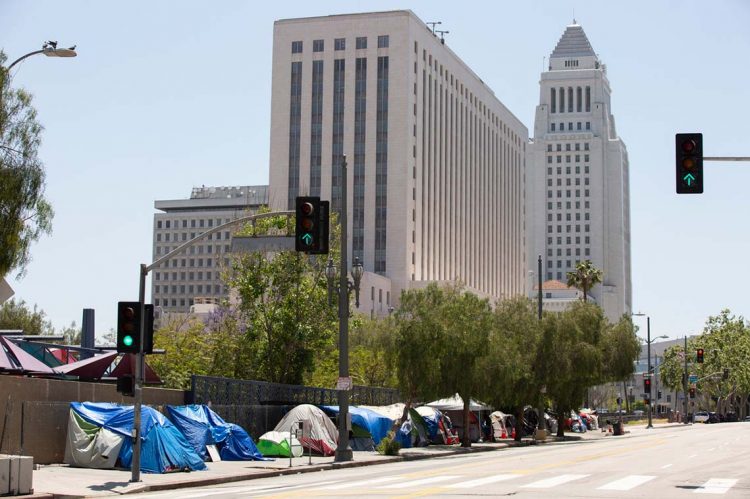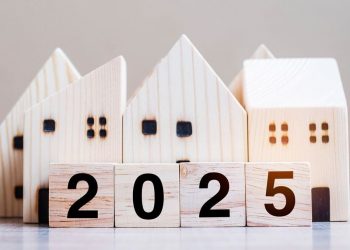An awful, tragic reality in this country that became especially urgent during the pandemic is homelessness. Depending on the definition and organization, estimates range from 500,000 to 1.5 million people without a permanent, safe place to live. When Covid swept across the country, many were especially concerned for this population, who are likely to suffer chronic health conditions and have less access to health care.
A new report from the federal Department of Housing and Urban Development (HUD), looking back on a full year of pandemic data found mixed results, with overall “sheltered homelessness”—people in temporary shelters or transitional housing—fell 8% between 2020 and 2021, while people with “chronic patterns of homelessness” jumped 20%.
“e know that homelessness in America remains an urgent crisis,” said HUD Secretary Marcia Fudge. “As long as people in this nation continue to lack affordable, secure housing, our work to put Housing First is not done.”
The new report, the most recent of HUD’s Annual Homeless Assessment Report, did not include full data on “unsheltered homelessness”—people who sleep in any place not designed for that purpose, like tents or abandoned buildings. That is because the agency waived the requirement for local authorities to conduct counts of these people, though some individual communities still did so.
The takeaway:
Using point-in-time estimates, the report counted 326,000 total people in January of 2021 who spent the night in a homeless shelter of some kind. The number of veterans and families with children staying in these shelters fell between 2020 and 2021, with 15% less families and 10% fewer veterans needing these temporary shelters. Youth in homeless shelters also fell 9%, while the number of Black individuals fell 12%.
At the same time, the transgender and gender-non-conforming homeless population rose 29% and 26% respectively. The number of homeless transgender individuals had already risen a staggering 88% between 2016 and 2020, according to the National Alliance to End Homelessness.
In the roughly one-third of communities that did conduct full counts of unsheltered homeless, the overall population remained almost completely unchanged between 2020 and 2021, as the number of rural and urban homeless increased while suburban and major metros saw decreases in unsheltered homelessness.
The report also notes that many shelters reduced their capacities during the pandemic, and data should be “used with caution,” according to the report, warning that homeless numbers may be “artificially depressed” by safety concerns and reduced availability of space.
 Jesse Williams is an associate online editor at RISMedia. Email him your real estate news ideas at jwilliams@rismedia.com.
Jesse Williams is an associate online editor at RISMedia. Email him your real estate news ideas at jwilliams@rismedia.com.












